Military
Russia's Newest Combat Aircraft Is a Next Generation Stealth Fighter

Published:

24/7 Wall St. Insights:
The Russian Air Force is known for its innovation of highly advanced aircraft, and it is in the elite club of countries that can actually produce fifth-generation fighters. Outside of these advanced fighter aircraft, Russia maintains one of the world’s largest fleets of combat aircraft in the world. These range from attack helicopters to long-range bombers, and everything in between. However, the newest jet to enter service is truly a game-changer. (Russian aircraft dominate the world’s fighter jets in vertical climb capabilities.)
The Su-57 Felon is Russia’s latest iteration of Sukhoi fighter jets, and it comes with advanced avionics and stealth technology. These are designed to compete with the American F-22 Raptors and F-35 Lightning IIs.
In terms of speed, the Felon has its American counterparts beat. Powered by two Saturn AL-41F1 afterburning turbofan engines, the Su-57 can hit top speeds of 1,616 mph, which compare to the Raptor (1,599 mph) and the Lightning II (1,199 mph).
The Su-57 features an internal weapons bay capable of carrying air-to-air missiles, air-to-ground precision-guided munitions, and anti-ship missiles, with a hefty payload capacity.
Separate from the Felon, the Russian Air Force operates a number of combat aircraft that are incredibly capable and proven. Other Sukhoi and MiG fighter jets, along with Mil Moscow helicopters fill out the ranks, make for one of the most formidable air forces on the planet. (Russia’s high-speed Foxhound is one of the fastest fighter jets on Earth.)
24/7 Wall St. is taking a look at Russia’s air force, specifically its newest aircraft. To identify the newest combat aircraft used by the Russian military, 24/7 Wall St. reviewed data from the 2024 World Air Forces report from FlightGlobal, an aviation and aerospace industry website, and ranked the aircraft chronologically. Additionally, we’ve included supplemental information on the type of aircraft, how many are in active service, top speed and armament.

Understanding the aircraft in Russia’s Air Force is important because they play a big part in the country’s defense and global influence. Each type of aircraft has a specific job, like controlling the skies, bombing long-range targets, or using advanced technology to disrupt enemy systems. Knowing which aircraft are in use gives context to Russian military strategies and military capabilities.

The Tu-95 Bear was introduced in 1956, and it would go on to influence the Tu-142 Bear. It was introduced in 1956 and is one of the longest serving aircraft in the Russian military with 47 currently in service.
These heavy bombers were originally designed during the Cold War, where the Bear was designed to deliver nuclear strikes, if needed. The Tu-95 was even famous for dropping the Tsar Bomba, the most powerful nuclear weapon ever detonated.
Over the decades, these aircraft have undergone multiple upgrades, particularly in avionics and missile systems, allowing the Tu-95 series to stay relevant in modern warfare despite its 1950s origin.
The Be-12 was originally designed as an amphibious aircraft, allowing it to land on both runways and bodies of water. It was introduced in 1961 as a reconnaissance and maritime patrol aircraft, primarily for anti-submarine warfare. With a top speed of 329 mph, the Be-12 is typically used for long-duration missions over the ocean, and it can equip a range of weapons reflecting this distinction.
The Mil Mi-2 Hoplite is one of the older helicopters currently in service of Russia’s military with only 4 active aircraft. These helicopters were introduced in 1965 and can equip a wide array of armament including 23mm automatic cannons (standard), rocket pods, anti-tank guided missiles, and air-to-air missiles.

Introduced in 1972, the Tu-22M Backfire is a strategic maritime bomber designed for long-range strike missions against naval and land-based targets. There are currently 58 of these aircraft in active service.
With its powerful Kuznetsov NK-25 afterburning turbofan engines, the Tu-22M can reach speeds of over 1,200mph. It has a combat range of 1,600 miles and a service ceiling of 43,600 ft.
In recent years, the Tu-22M has seen operational use in the Syrian Civil War, where it delivered airstrikes against insurgent targets. Despite its age, the Tu-22M is still a valuable asset, with ongoing modernization programs aimed at extending its service life and improving its combat capabilities.
The Mi-24 earned the nickname the “flying tank” as a result of its heavy armor and incredible firepower. These helicopters have a top speed around 208 mph and can equip 12.7mm heavy machine guns, 23mm and 30mm cannons, anti-tank missiles, rocket pods, and conventional drop bombs. With 325 active aircraft, the Mi-24/35 is the backbone of Russia’s attack helicopter force.

The Su-24 Fencer was one of the first Soviet aircraft that came with an all-weather radar and terrain-following capabilities, allowing it to fly at low altitudes to evade enemy defenses. It was introduced in 1974 as a long-range strike aircraft, but it can perform a variety of other roles.

With a top speed of 173 mph, the AS355 is used in a range of missions, including reconnaissance, transport, and even light combat roles. The Twin Squirrel was introduced in 1979, and there are currently 2 of these helicopters in active service. Despite its small size, it can be armed with light machine guns, rocket pods, and air-to-ground or air-to-air missiles. It does see some use among civilians as well, without the armament of course.
The MiG-31 Foxhound is one of the fastest fighter jets in the world. These jets can hit speeds up to Mach 2.8, or roughly 1,860 mph. Its incredible speed marks it primarily as an interceptor. These jets are designed to defend against enemy bombers or even cruise missiles at long range. The Foxhound can also reach altitudes that most other aircraft can’t, further extending its defensive capabilities.
In terms of its operational history, the Foxhound has been primarily deployed in Artic patrols and border defense missions. However, these jets were used in Syria where they provided air cover for Russian operations.

The Mi-8 series is the most-produced helicopter in the world since its introduction in the 1960s. Its later iterations in the Mi-17 and Mi-171 build on the base design but obviously with upgraded avionics, coming about in the 1980s. These helicopters can equip Shturm missiles, rocket pods, 23mm cannon pods, and 7.62mm machine guns.
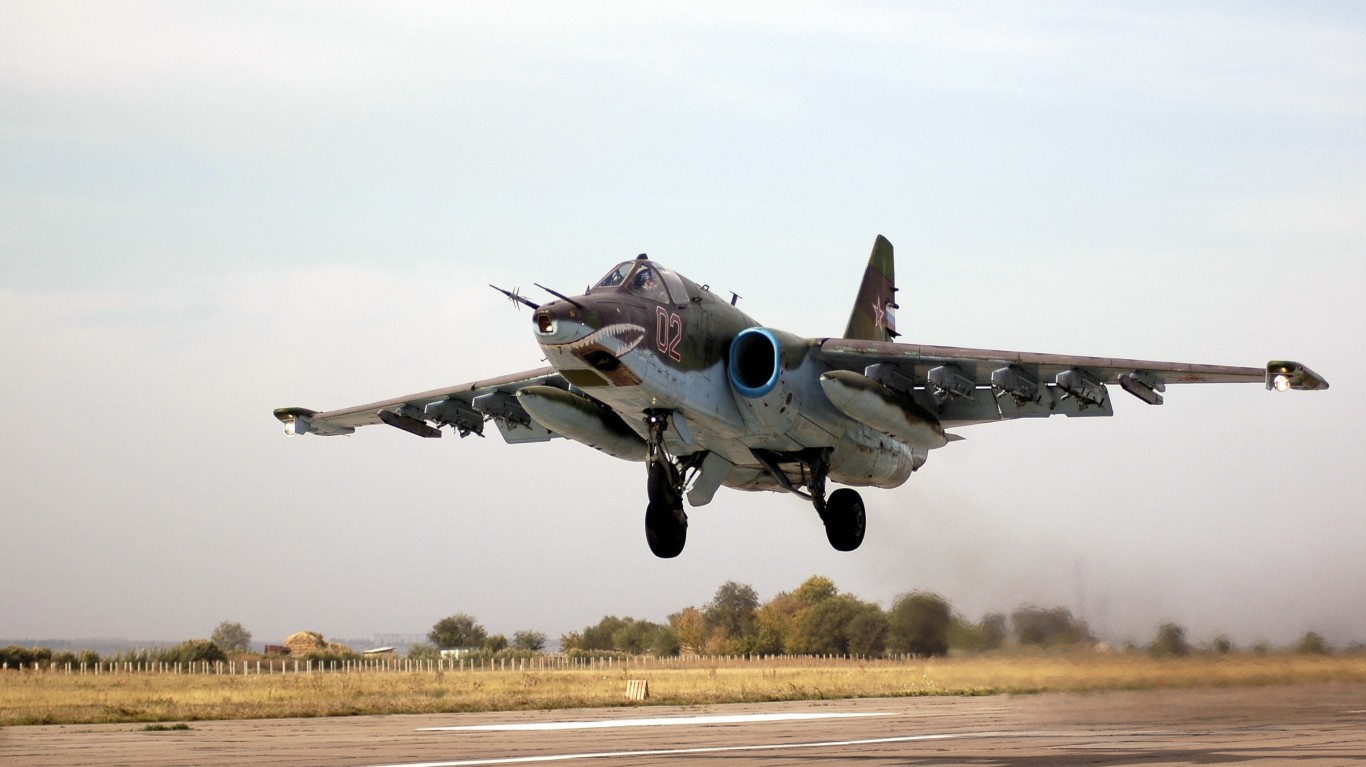
Recognized by the NATO reporting name “Frogfoot,” the Su-25 is a dedicated close-air support and ground attack aircraft. Although these jets have a relatively slow top speed of 590 mph, they can equip a wide array of armament including a 30mm GSh internal cannon, rocket pods, guided munitions, conventional bombs, air-to-surface missiles, and air-to-air missiles. There are currently 176 of these aircraft in active service
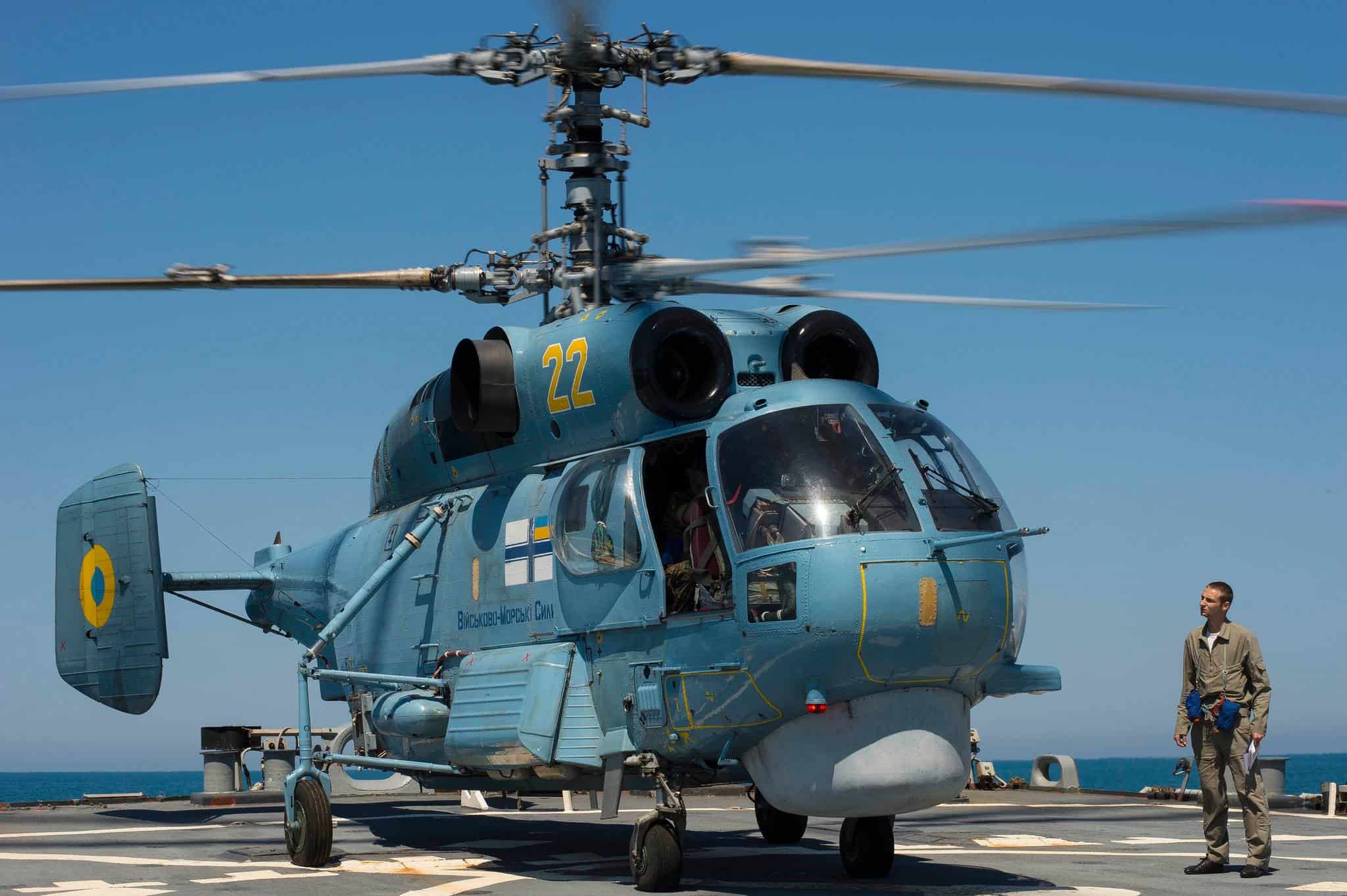
The Ka-27/28/29 Helix, introduced in 1982, is a multi-role helicopter series designed for anti-submarine warfare, search and rescue, and combat support. With a top speed of 143 mph, the Helix series is known for its versatility in naval and military operations.
The Mi-26 Halo is typically a heavy-lift transport helicopter, but it can equip a wide range of armament for combat scenarios. It was introduced in 1983, and there are currently 44 in active service of the Russian military. This helicopter actually holds the world record for the heaviest helicopter lift, having transported a 56-ton piece of machinery.
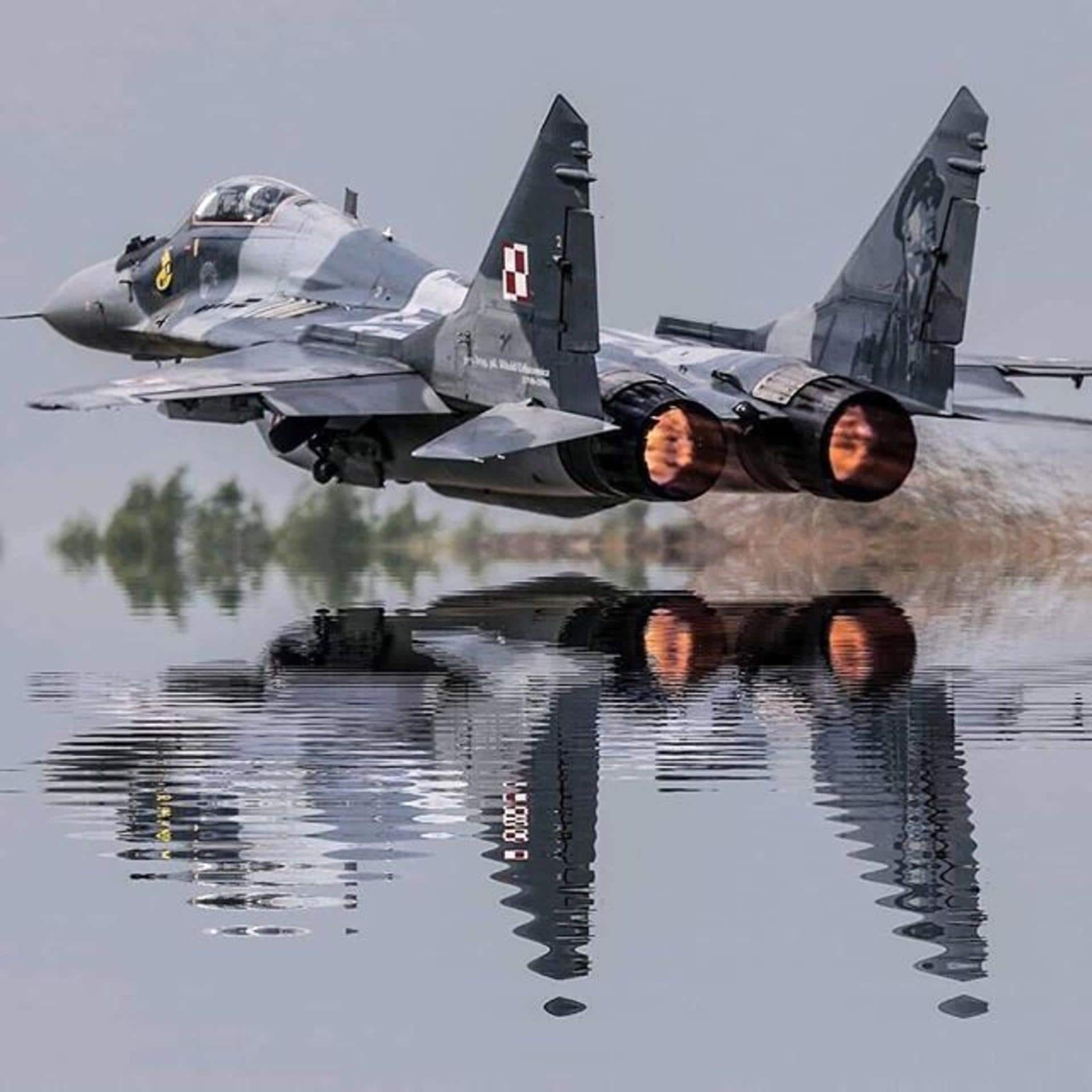
The MiG-29/35 Fulcrum makes up the backbone of Russia’s fleet of fighter jets. Introduced in 1984, these jets can hit speeds up to 1,519 mph. They come equipped with a 30mm GSh-1 internal automatic cannon standard, as well as Alamo and Adder missiles, rocket pods, and both conventional and guided bombs. The MiG-35 variant includes advanced avionics, improved radar systems, and can perform multi-role missions like ground strikes and interception.

Introduced in 1985, the Su-27 Flanker is an air-superiority fighter with a top speed over 1,550 mph. These come outfitted with a 30mm GSh internal cannon and a wide variety of munitions, including air-to-air missiles, air-to-surface missiles, conventional bombs, cluster bombs, anti-ship missiles, and anti-radar missiles. These jets were originally designed to counter the American F-15 Eagle, which has led to a long-standing rivalry between these two aircraft.
The An-72 Coaler has a very unique engine placement, compared to any other Russian aircraft. The engines are above the wings to create extra lift, allowing it to take off from shorter runways. It has earned the nickname of “Cheburashka” in Russia, for the resemblance of its engines to the ears of a popular Soviet cartoon character.
The Tu-160 Blackjack is recognized as the largest and heaviest combat aircraft ever built. With a top speed of 1,243 mph, the Tu-160 Blackjack is one of the fastest strategic heavy bombers on the planet. It’s heavy-duty payload reflects this. It was nicknamed the “White Swan” for its sleek, all-white appearance. These heavy bombers can launch cruise missiles, drop bombs, and even nuclear ordnance.
These strategic heavy bombers were originally designed during the Cold War, with four Samara NK-32 afterburning turbofan engines that each produce as much as 55,000 pounds of thrust with afterburners. The Blackjack also can carry over 99,000 pounds of ordnance in its internal bays.
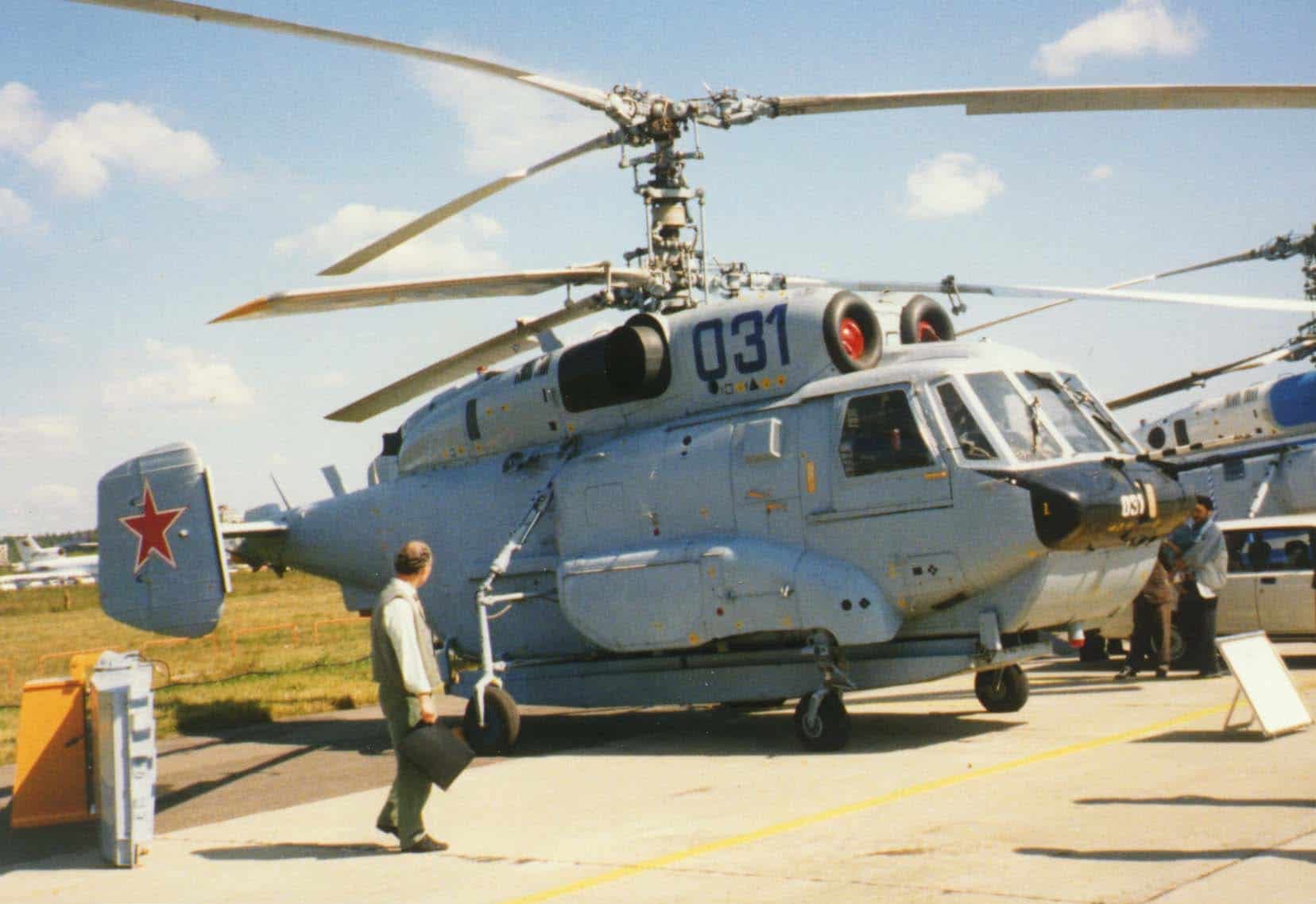
Introduced in 1995, the Ka-31 Helix is an airborne early warning helicopter that provides long-range radar coverage for Russian naval forces. While its main role is reconnaissance, it can also be armed with light machine guns for self-defense. It can reach top speeds around 155 mph, and there are only 3 of these helicopters in active service.
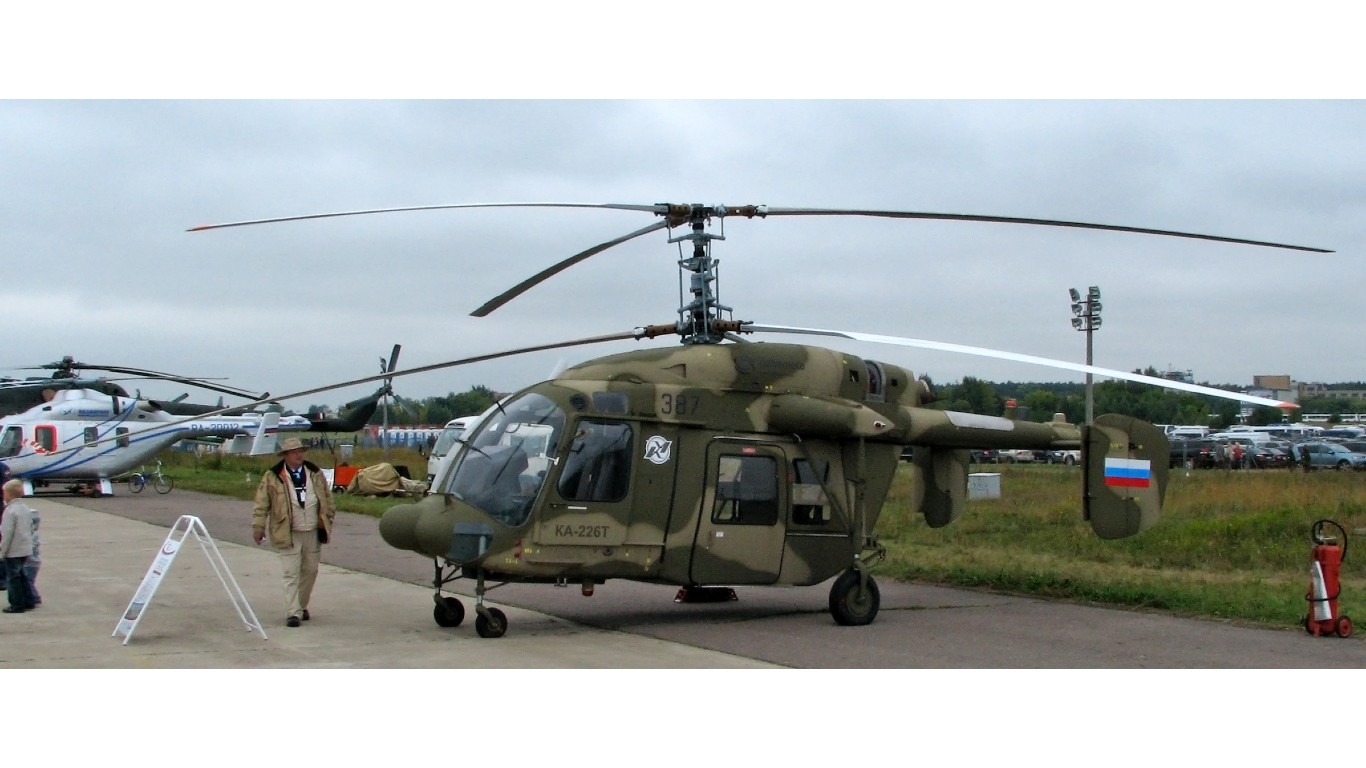
Recognized by the NATO reporting name of Hoodlum, the Ka-226 Sergei was introduced in 2002 as a light utility helicopter. It has a fairly low top speed of 127 mph. The Ka-226 can be outfitted with various light machine guns and rocket pods. It also sees some civilian use.

The Mil Mi-28 Havoc is a twin-engine attack helicopter designed for precision strikes on armored targets and close air support for ground troops. One interesting fact about this helicopter that sets it apart from most others is that it can perform advanced maneuvers, like loops and rolls, which are rare for attack helicopters. This coupled with its firepower gives the Havoc a serious edge in almost any engagement.
The Ka-52 Alligator is one of the newest combat helicopters to come out of Russia. Introduced in 2010, these are state-of-the-art attack helicopters designed for close-air support and anti-tank operations. These come standard with a 30mm automatic cannon, and can be equipped with air-to-surface anti-tank missiles, rocket pods, and cannon pods. The coaxial design for the main rotor is truly unique and actually eliminates the need for a tail rotor.

Introduced in 2014, the Su-34 Fullback is one of the newest strike fighter aircraft to enter the Russian Air Force. There are 134 of these aircraft in service, and they can hit top speeds of nearly 1,400 mph.
The Mil Mi-38, introduced in 2019, is a medium-lift twin-engine transport helicopter designed for a variety of missions, including cargo transport, troop movement, and medical evacuation. It can equip some small armament, but it is typically used for non-combat roles.
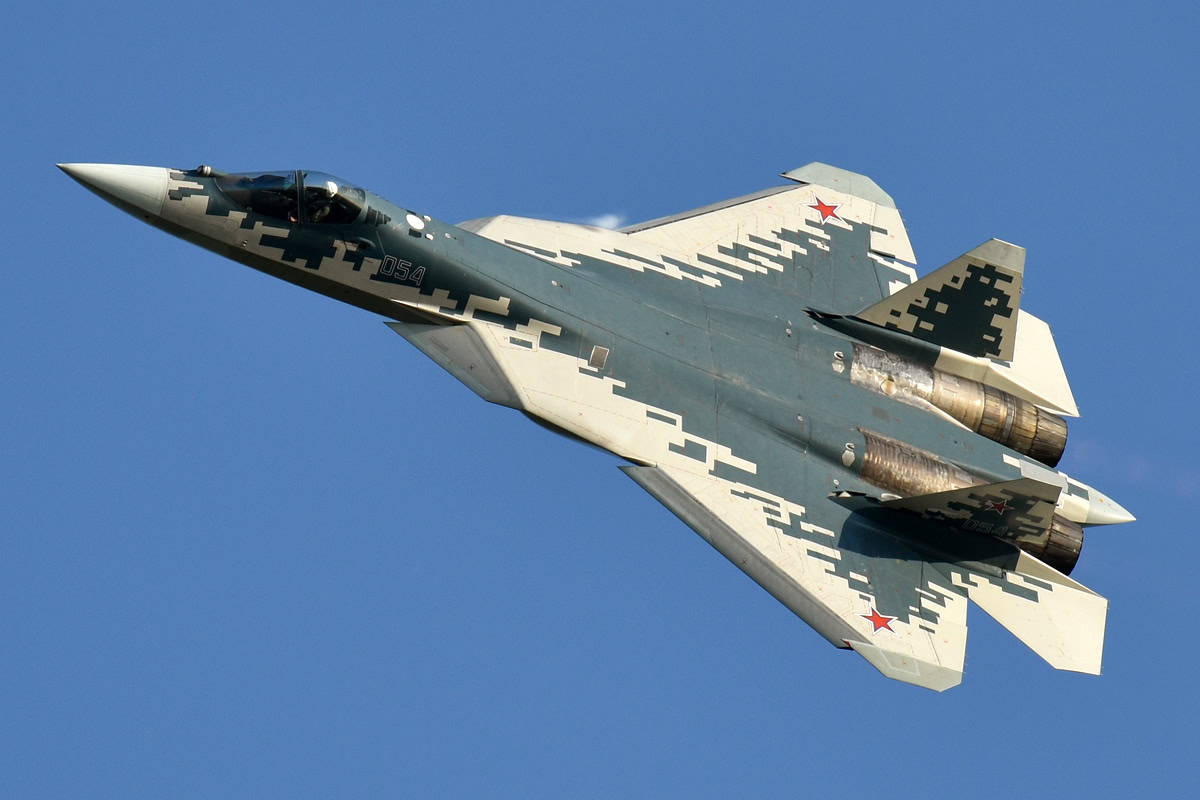
The Su-57 Felon is the newest iteration of Sukhoi fighter jets. These fifth-generation fighters feature advanced stealth technology and avionics. With a top speed of 1,616 mph, these jets are capable of supercruise, which allow them to fly at supersonic speeds without afterburners. There are only 14 of these aircraft in service now, but more are on the way.
In terms of the specs, the Felon is powered by two Saturn AL-41F1 afterburning turbofan engines that allow for a top speed of 1,616 mph (Mach 2). The aircraft features an internal weapons bay capable of carrying air-to-air missiles, air-to-ground precision-guided munitions, and anti-ship missiles, with a hefty payload capacity.
The Felon is meant to rival its American counterpart, the F-35 Lightning II. These aircraft measure up on a number of specs and features, but again there has been no overt competition or engagement between these two aircraft, so it is left to speculation at the moment.
Retirement can be daunting, but it doesn’t need to be.
Imagine having an expert in your corner to help you with your financial goals. Someone to help you determine if you’re ahead, behind, or right on track. With SmartAsset, that’s not just a dream—it’s reality. This free tool connects you with pre-screened financial advisors who work in your best interests. It’s quick, it’s easy, so take the leap today and start planning smarter!
Don’t waste another minute; get started right here and help your retirement dreams become a retirement reality.
Thank you for reading! Have some feedback for us?
Contact the 24/7 Wall St. editorial team.